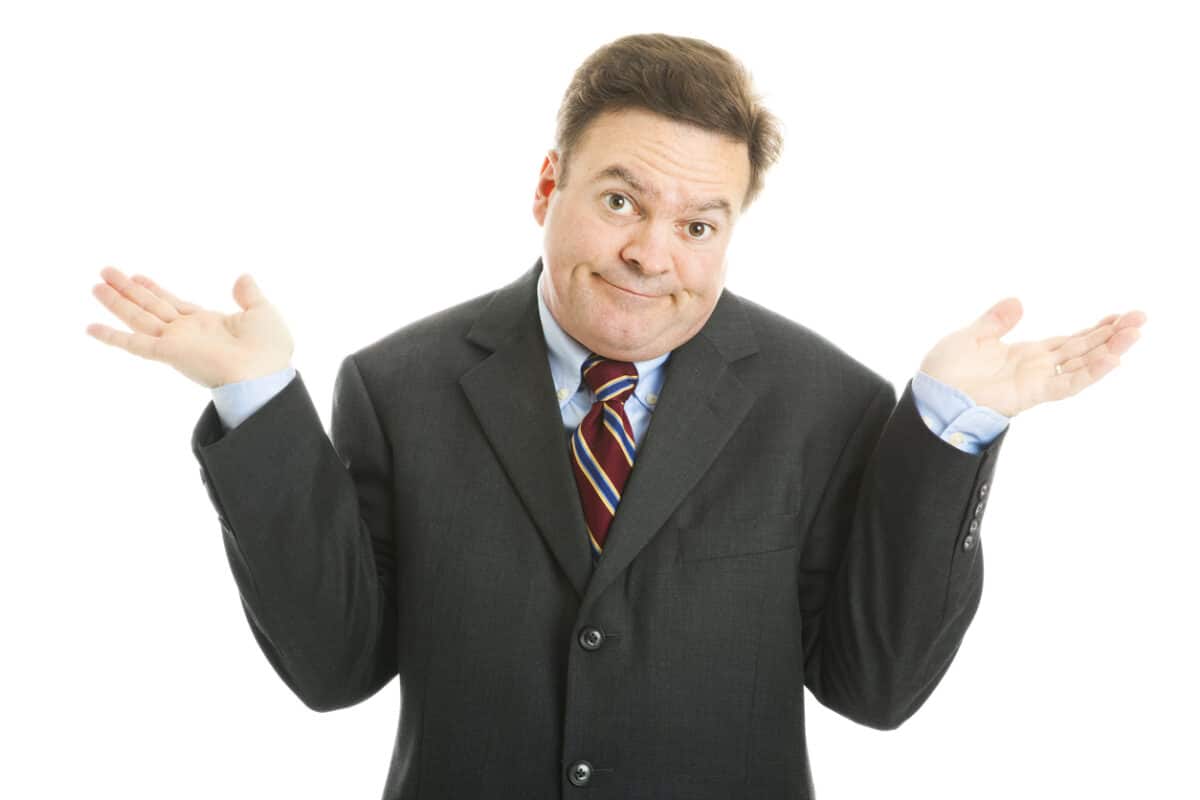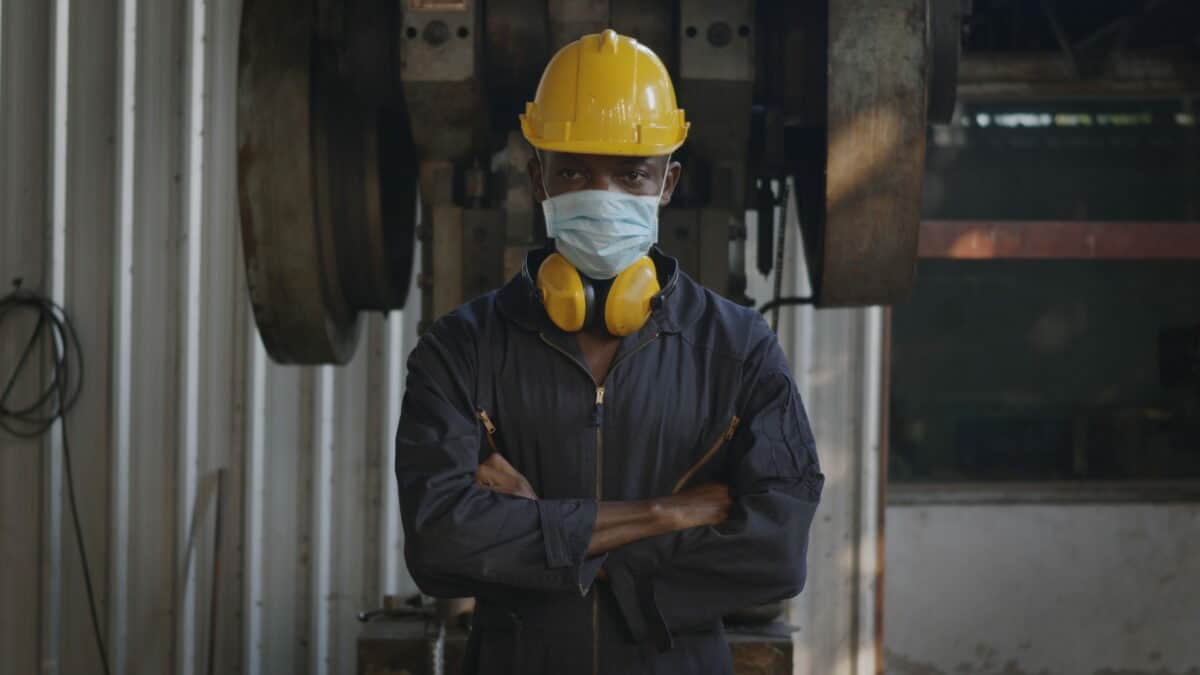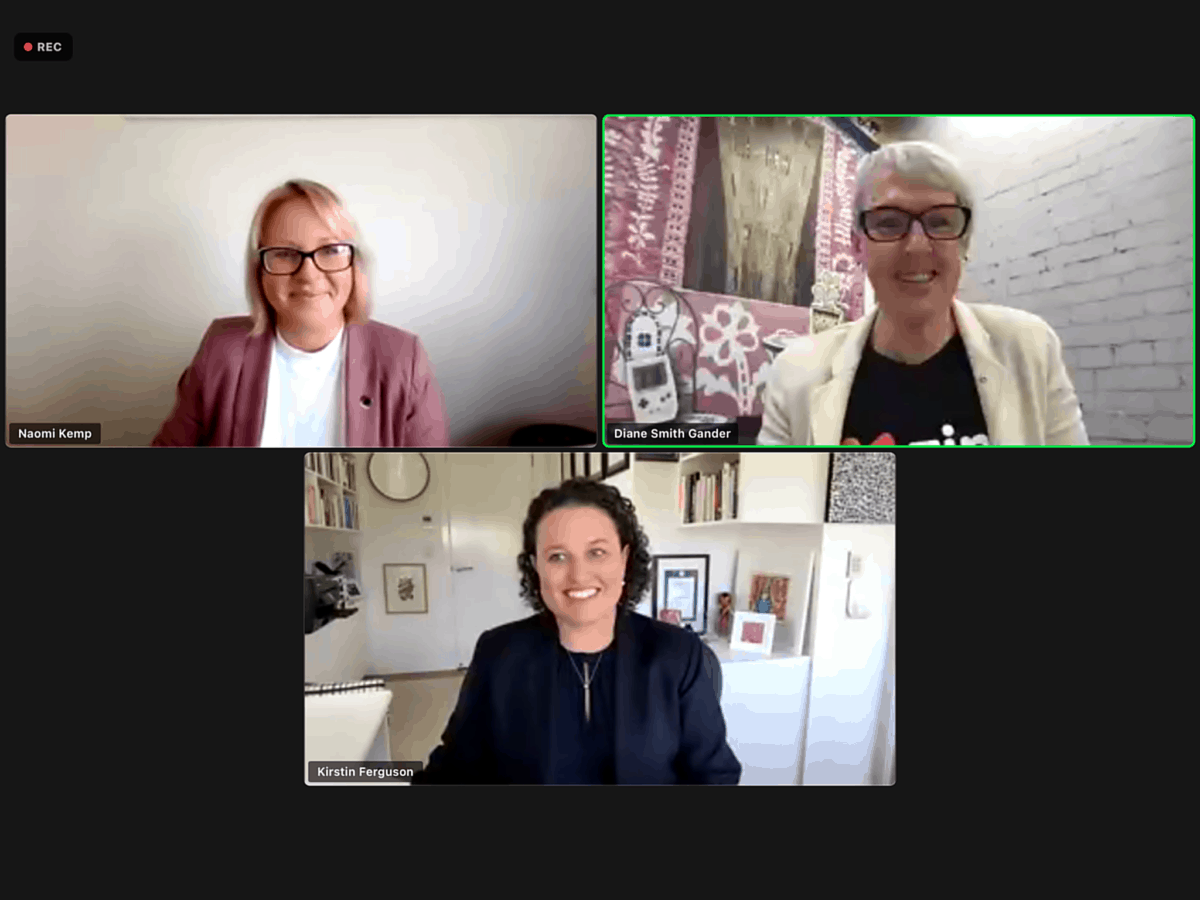Last week WorkSafe Victoria announced that it was prosecuting the Department of Health over breaches of its occupational health and safety (OHS) duties with the management of Victoria’s Hotel Quarantine program. There is very little information available beyond what is included in the WorkSafe media release until the filing hearing at the Magistrates’ Court on October 22 2021.
Most of the current commentary adds little and usually builds on the existing campaigns to charge (Labor) Premier Dan Andrews with Industrial Manslaughter. Still, it is worth looking at WorkSafe’s media release and the thoughts of some others.






